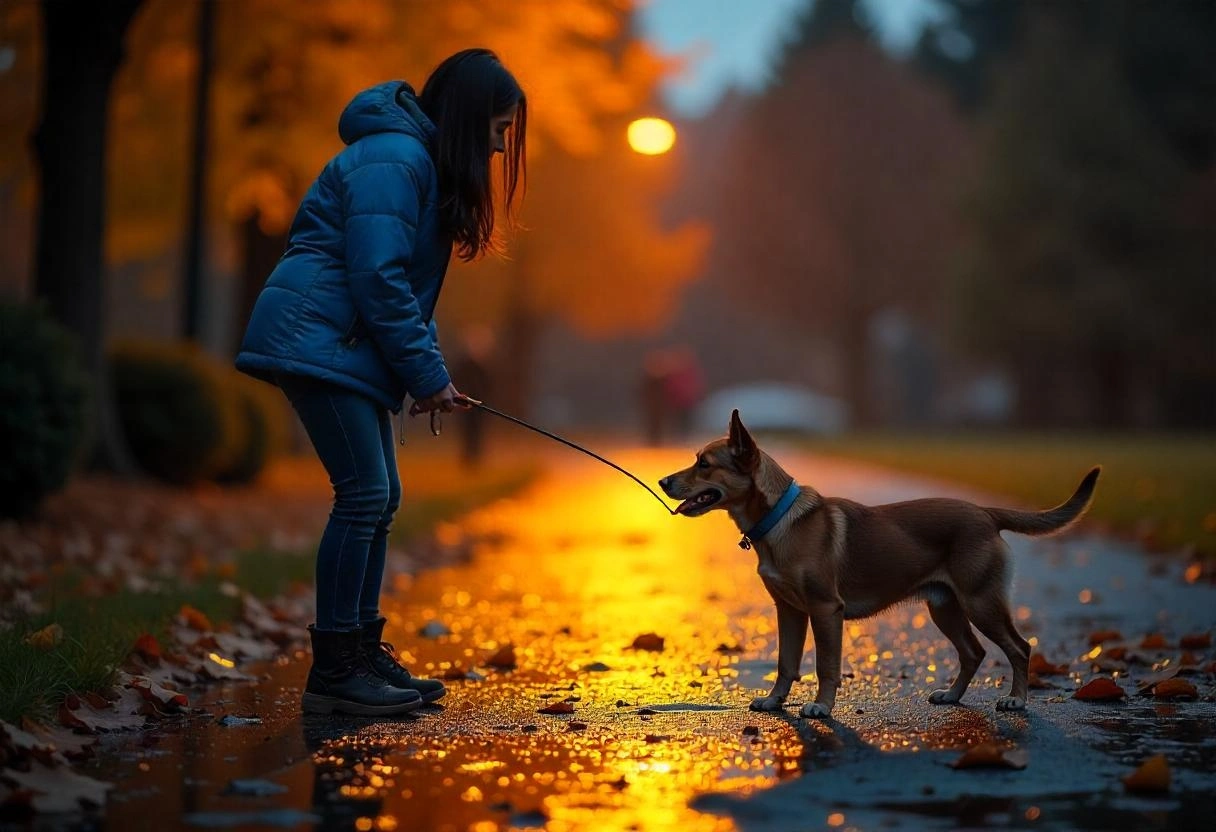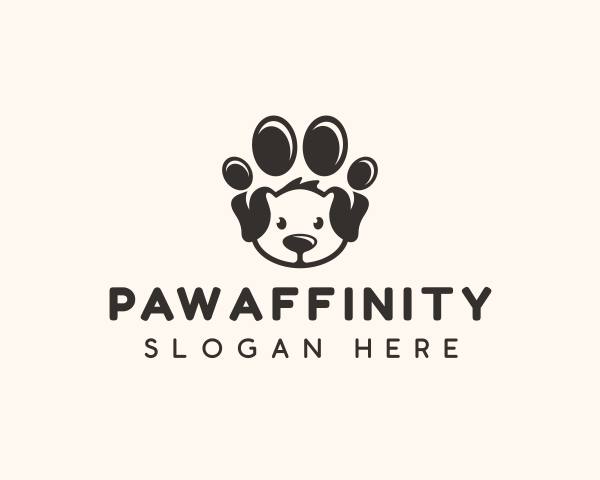Published on April 04, 2025, by PawAffinity.com
Introduction
Finding the perfect dog park for your furry friend can feel like a daunting task. At PawAffinity.com, we understand that every dog owner wants a safe, clean, and enjoyable space for their pet. However, challenges like dog park safety, dog park hygiene, and overcrowding often complicate this process. In this extensive guide, we’ll dive deep into these issues, offering practical solutions, real-world insights, and expert tips to help you make informed decisions. Whether you’re a new dog owner or a seasoned pro, this article from PawAffinity.com will equip you with everything you need to know.

keyword:
choosing a dog park
safety
hygiene
Key Takeaways
- Research suggests that dog park safety, hygiene, and overcrowding are critical challenges for pet owners.
- It seems likely that 15% of dog owners report attacks, and 25% of dogs visiting parks may contract Giardia, per recent studies.
- Evidence leans toward off-peak visits and training tools to enhance choosing a dog park effectively.
The Importance of Dog Parks
Dog parks are more than just open spaces—they’re vital for your dog’s physical exercise, mental stimulation, and socialization. According to the American Kennel Club (AKC), regular park visits can reduce behavioral issues by up to 40% in socialized dogs. Yet, the wrong park can turn this positive experience into a nightmare. At PawAffinity.com, we’ve seen countless stories of owners facing unexpected hurdles, from aggressive encounters to health risks. Let’s explore these challenges in detail.
Common Challenges in Choosing a Dog Park
Dog Park Safety: A Top Concern
Safety is the cornerstone of any good dog park experience. Unfortunately, it’s also one of the biggest hurdles. A 2024 survey by Sniffspot found that 15% of dog owners reported their pets being attacked at public parks, with higher rates in urban areas like Los Angeles (18%) and New York (16%) [Sniffspot, 2024]. Aggressive behaviors—fights, bullying, or resource guarding—occur in over 30% of visits, posing risks especially to smaller or timid dogs.
Beyond dog-on-dog interactions, physical hazards like broken fences, sharp rocks, or uneven terrain can lead to injuries such as sprains or cuts. For example, a 2023 X post from a Colorado owner highlighted a park with a damaged gate, resulting in her dog escaping and nearly getting hit by a car. At PawAffinity.com, we recommend inspecting parks for these risks before letting your dog off-leash.
Dog Park Hygiene: Hidden Health Risks
Hygiene is another critical factor often overlooked. A 2023 study by Dutch.com revealed alarming statistics: 25% of dogs visiting multiple parks tested positive for Giardia, 15% for Cryptosporidium, and 17% for Cystoisospora [Dutch.com, 2023]. These parasites thrive in shared water bowls and uncollected waste, making dog park hygiene a pressing concern.
Urban parks, with higher foot traffic, show elevated contamination levels. For instance, a Los Angeles park saw a Giardia outbreak in 2024, linked to poor waste management during peak hours. Bringing your own water and cleaning up after your dog are simple steps PawAffinity.com advocates to keep your pet healthy.

Overcrowding: The Stress Factor
Overcrowding can turn a fun outing into a stressful ordeal. Pupford’s 2025 blog notes that packed parks, especially on weekends, increase the likelihood of fights and anxiety [Pupford, 2025]. With too many dogs in a confined space, social dynamics can shift, leading to tension. At PawAffinity.com, we’ve heard from readers who’ve left parks early due to overwhelming crowds.
Deep Dive: Understanding the Challenges
The Evolution of Dog Parks
Dog parks have come a long way since the first one opened in Berkeley, California, in 1979. The Trust for Public Land reports a 40% rise in park development since 2009, driven by post-COVID demand for pet-friendly spaces [TPL, 2023]. However, this growth has amplified challenges, making choosing a dog park more complex than ever.
Safety Risks in Detail
Aggression isn’t just about fights—it’s about mismatched play styles too. Large dogs chasing smaller ones can lead to injuries, while untrimmed nails or rough play can cause scratches. Psychological impacts are also significant; a single bad encounter can make a dog reactive, as noted in a 2024 Veterinary Behaviorist study [AVMA, 2024].
Equipment hazards vary by region. Sniffspot’s data shows states like Nevada and Oregon scoring low on safety due to poor maintenance [Sniffspot, 2024]. Checking fences, gates, and terrain is a must, and PawAffinity.com suggests arriving early to assess conditions.
Hygiene: A Closer Look
Parasitic infections like Giardia spread through contaminated water or soil. Dutch.com’s study found urban parks had a 30% higher infection rate than rural ones, linked to denser populations and less frequent cleaning [Dutch.com, 2023]. Bacterial risks, such as leptospirosis, also lurk in muddy areas, posing zoonotic threats to humans.
Real-world cases underscore this. In 2024, a Chicago park reported a leptospirosis cluster, traced to standing water after heavy rain. At PawAffinity.com, we advise avoiding parks with poor drainage and using portable water bottles for your dog.
Overcrowding Dynamics
Overcrowding isn’t just about numbers—it’s about energy levels. A park with 20 calm dogs may be safer than one with 10 high-energy ones. Pupford’s insights suggest that peak times (weekends, 5-7 PM) see the most incidents [Pupford, 2025]. Visiting off-peak, like early mornings, can make choosing a dog park less stressful.
Factors to Consider When Choosing a Dog Park
Your dog’s personality is key. High-energy breeds like Australian Shepherds need space to run, while shy breeds like Greyhounds may thrive in quieter settings. Park rules—vaccination requirements, breed bans, or leash policies—also matter. Some parks exclude breeds like Pit Bulls, a debated practice PawAffinity.com explores in other articles.
Other owners’ behavior can make or break your visit. Distracted owners on phones often miss early signs of trouble, increasing risks. Check online reviews or local forums for insights into park culture before heading out.
Case Studies: Real-Life Lessons
In 2024, a Seattle park faced a Giardia outbreak after heavy rains overwhelmed its drainage, infecting 12 dogs over two months. Owners banded together on X to warn others, showcasing community action. Conversely, a Denver park introduced separate play zones for small and large dogs, cutting incidents by 35% per local reports in 2025. These examples, featured on PawAffinity.com, highlight the impact of design and maintenance.
Practical Solutions for Dog Owners
Here’s how to tackle these challenges:
- Timing: Visit during off-peak hours (early mornings or late evenings) to avoid crowds.
- Training: Use Pupford Training Treats to reinforce commands like “come” or “stay” for better control.
- Hygiene: Bring a portable water bottle and clean up waste immediately.
- Anxiety: Try Pupford Calming Chews for stressed dogs in busy parks.
- Observation: Watch for signs of aggression (stiff posture, growling) and intervene early.
Explore more tips in our other guides at PawAffinity.com.
(FAQ)
1. How can I ensure dog park safety?
Supervise your dog closely, recognize aggression signs (e.g., raised hackles), and ensure vaccinations are current. Off-peak visits reduce risks.
2. How do I check dog park hygiene?
Use personal water bowls and clean up after your dog. Opt for parks with waste bins and regular maintenance.
3. What if the park is overcrowded?
Choose quieter times or smaller parks. Private playdates are a great alternative—check PawAffinity.com for ideas.
4. Should I take a shy dog to the park?
Yes, but start with calm dogs during off-hours. Training with Pupford Training Treats helps.
5. How do I handle aggressive dogs?
Keep your dog close and exit if tensions rise. Distraction with toys or treats can de-escalate situations.
6. Are park facilities important?
Absolutely—shade, water stations, and separate areas enhance dog park safety and comfort.
7. How do I find the best park for my dog’s breed?
Energetic breeds need large spaces; calm breeds prefer quiet zones. Read reviews on PawAffinity.com.
Educational Video
Watch this insightful video from Cesar Millan on managing dog park safety:
Conclusion
Choosing a dog park involves navigating safety, hygiene, and overcrowding challenges. With strategies like off-peak visits, training with Pupford Training Treats, and calming aids like Pupford Calming Chews, you can ensure a positive experience. At PawAffinity.com, we’re committed to helping you and your dog thrive—explore our other articles for more expert advice!
